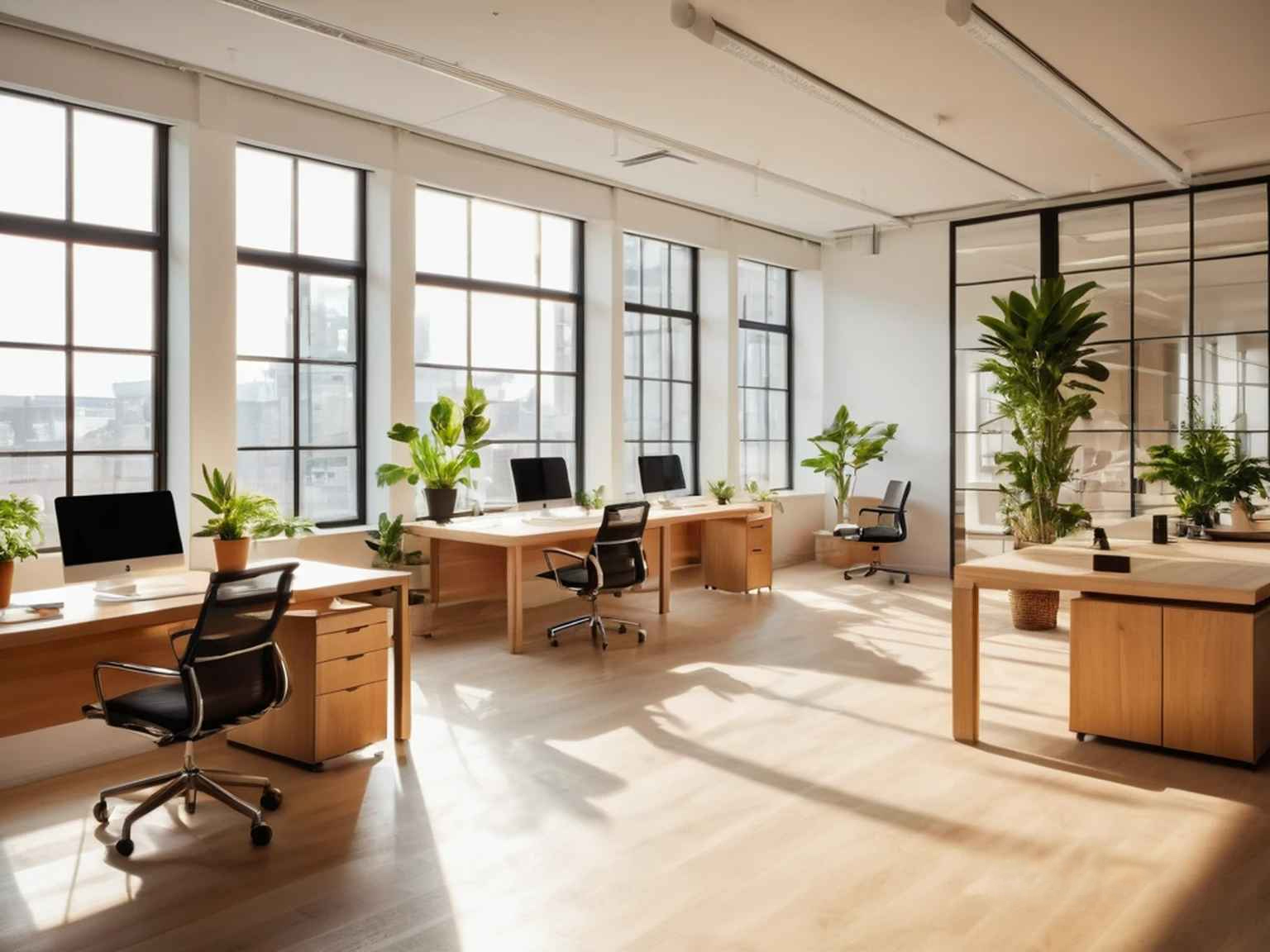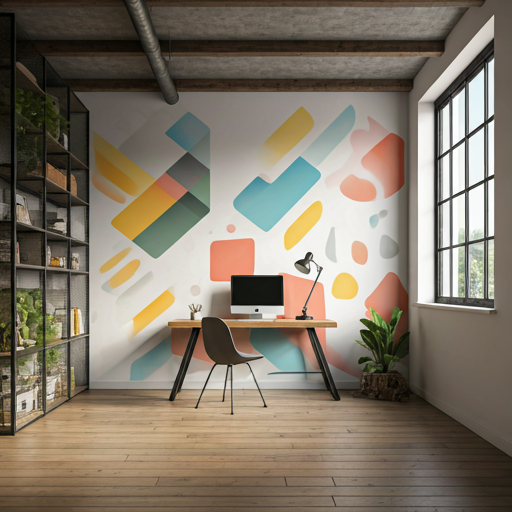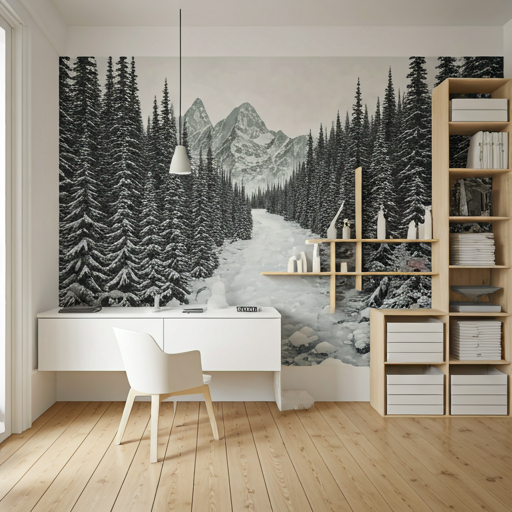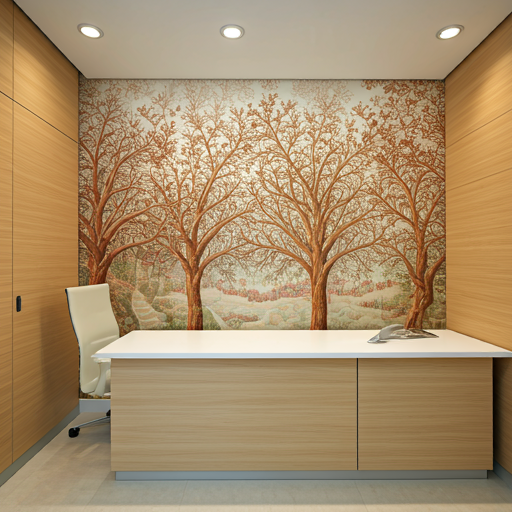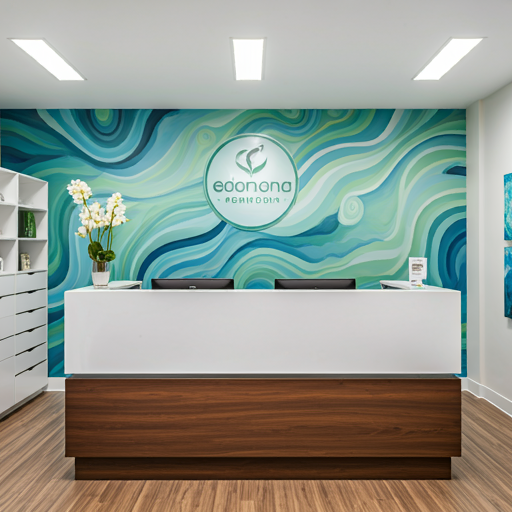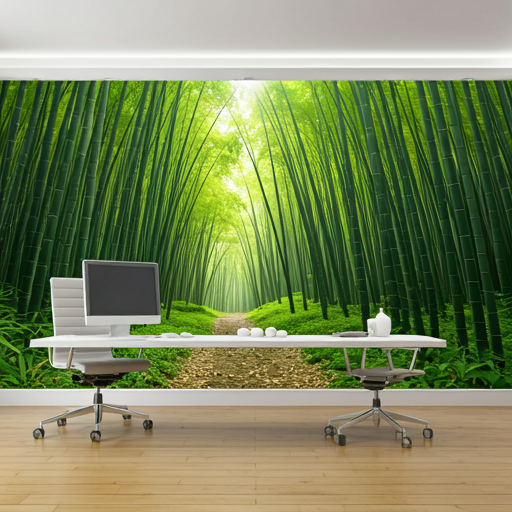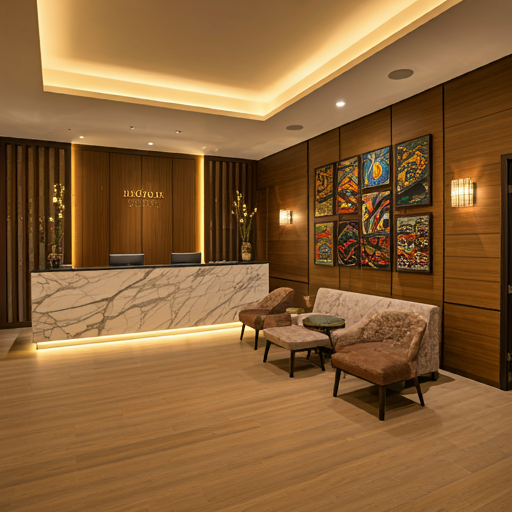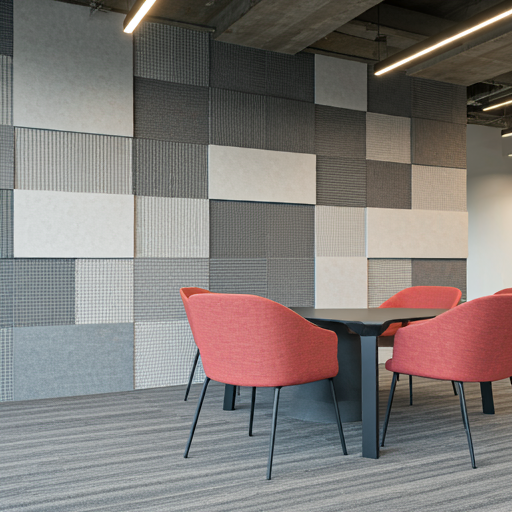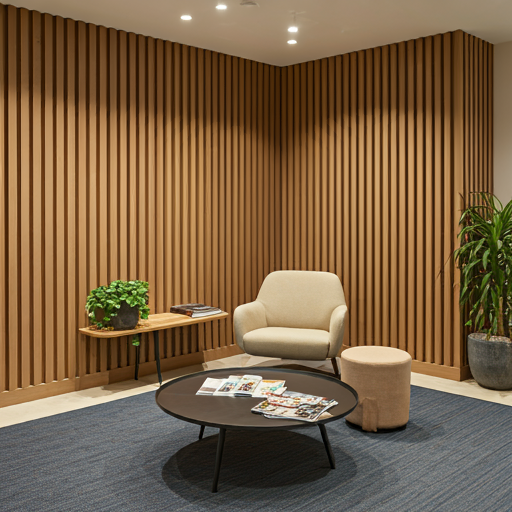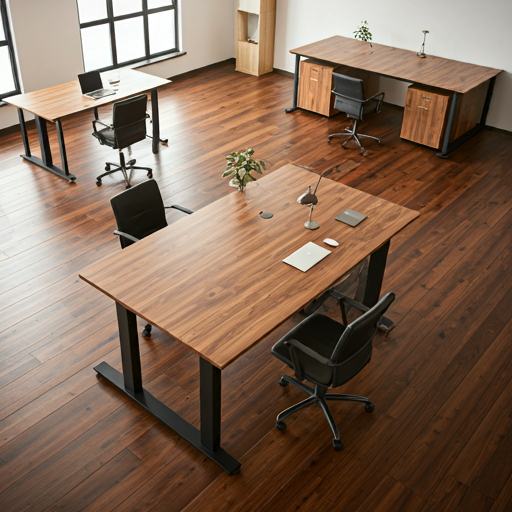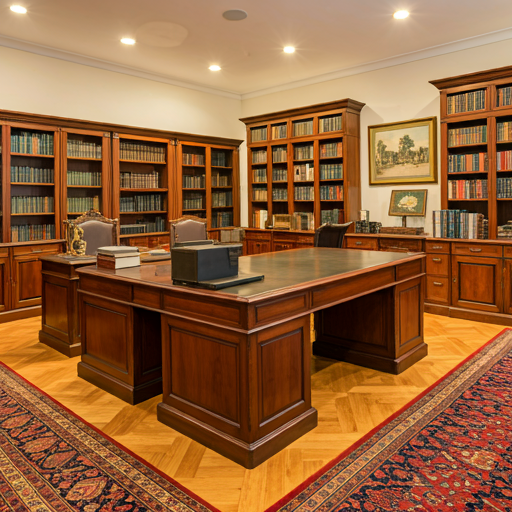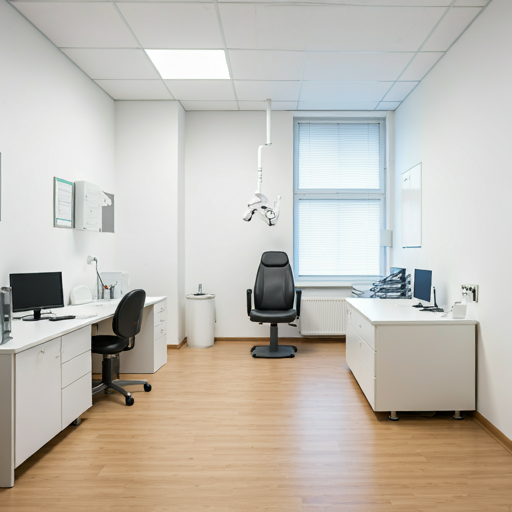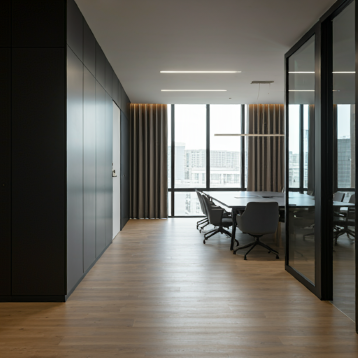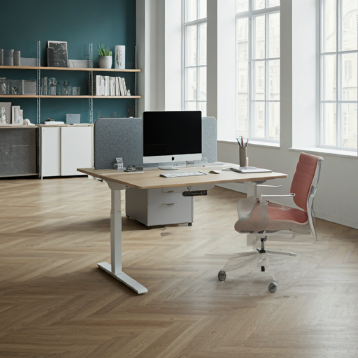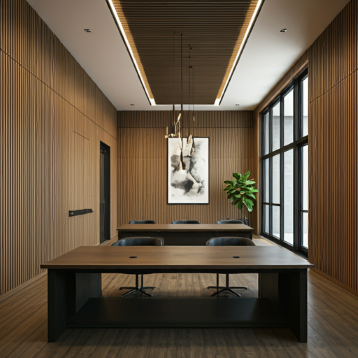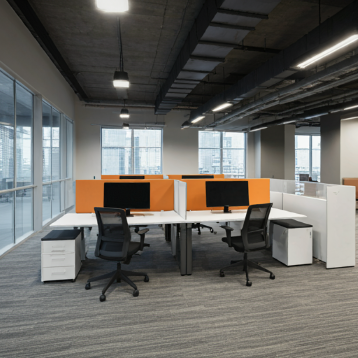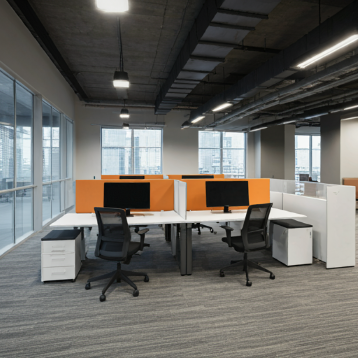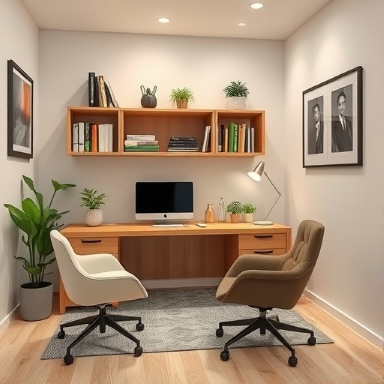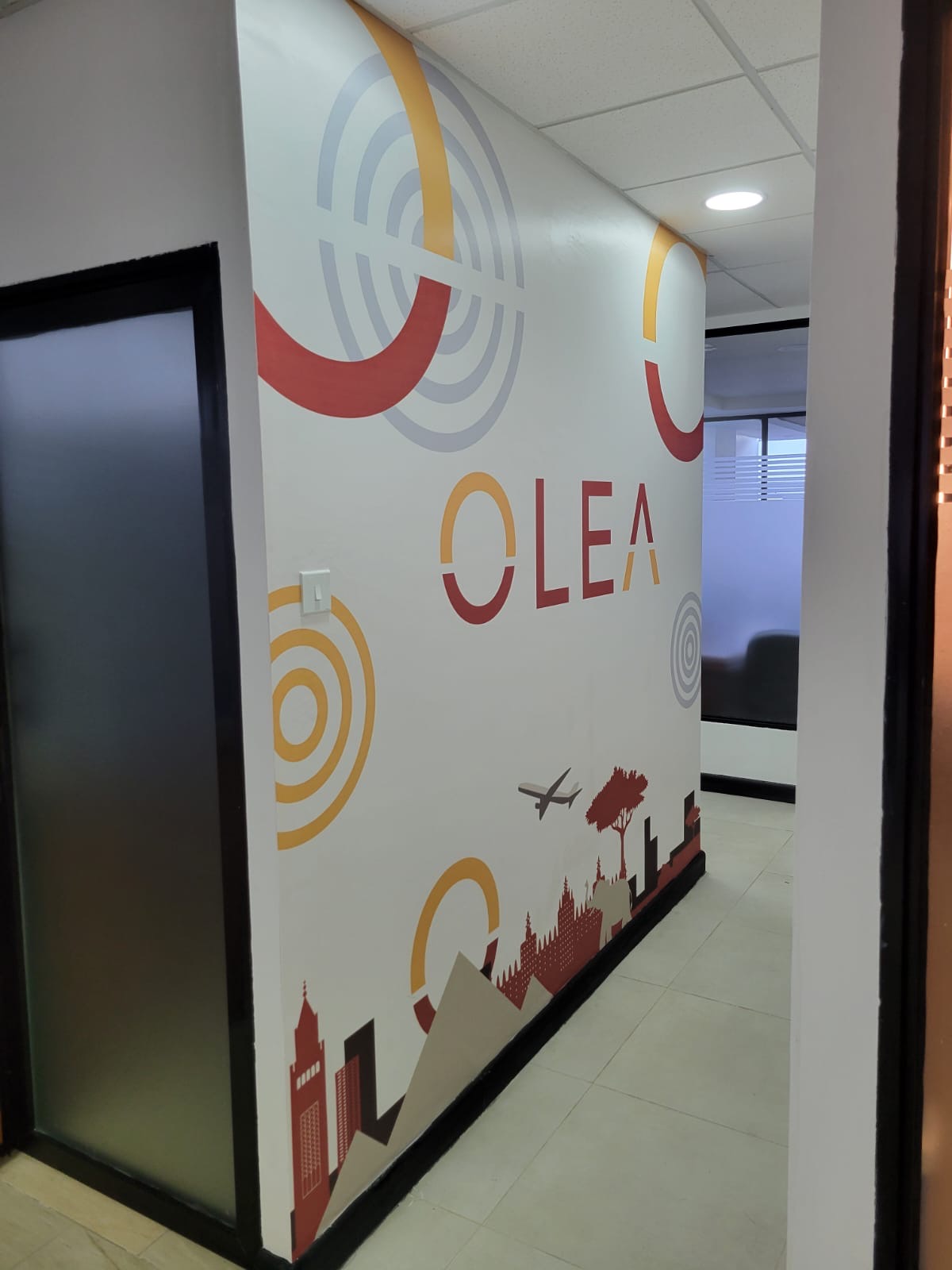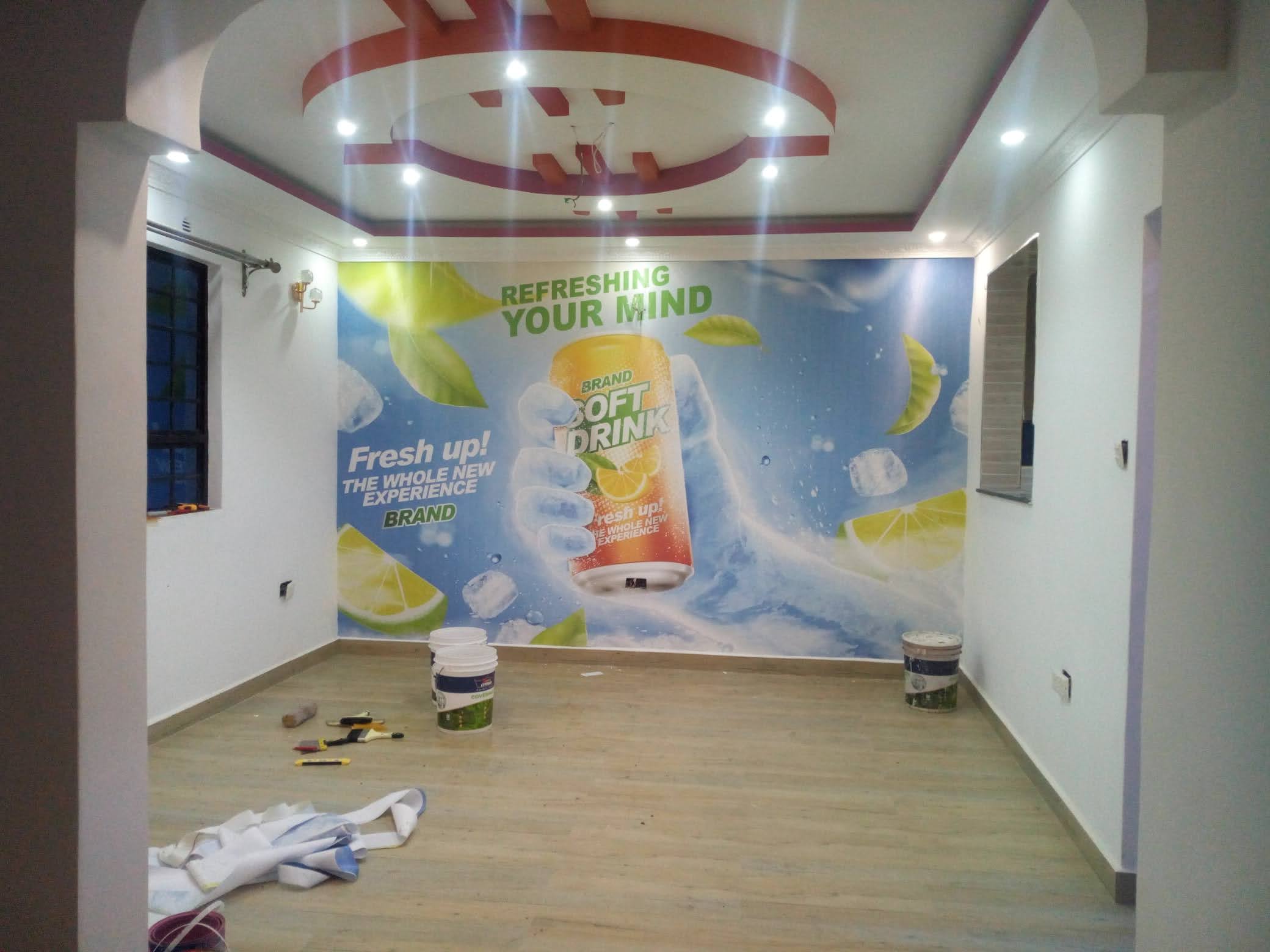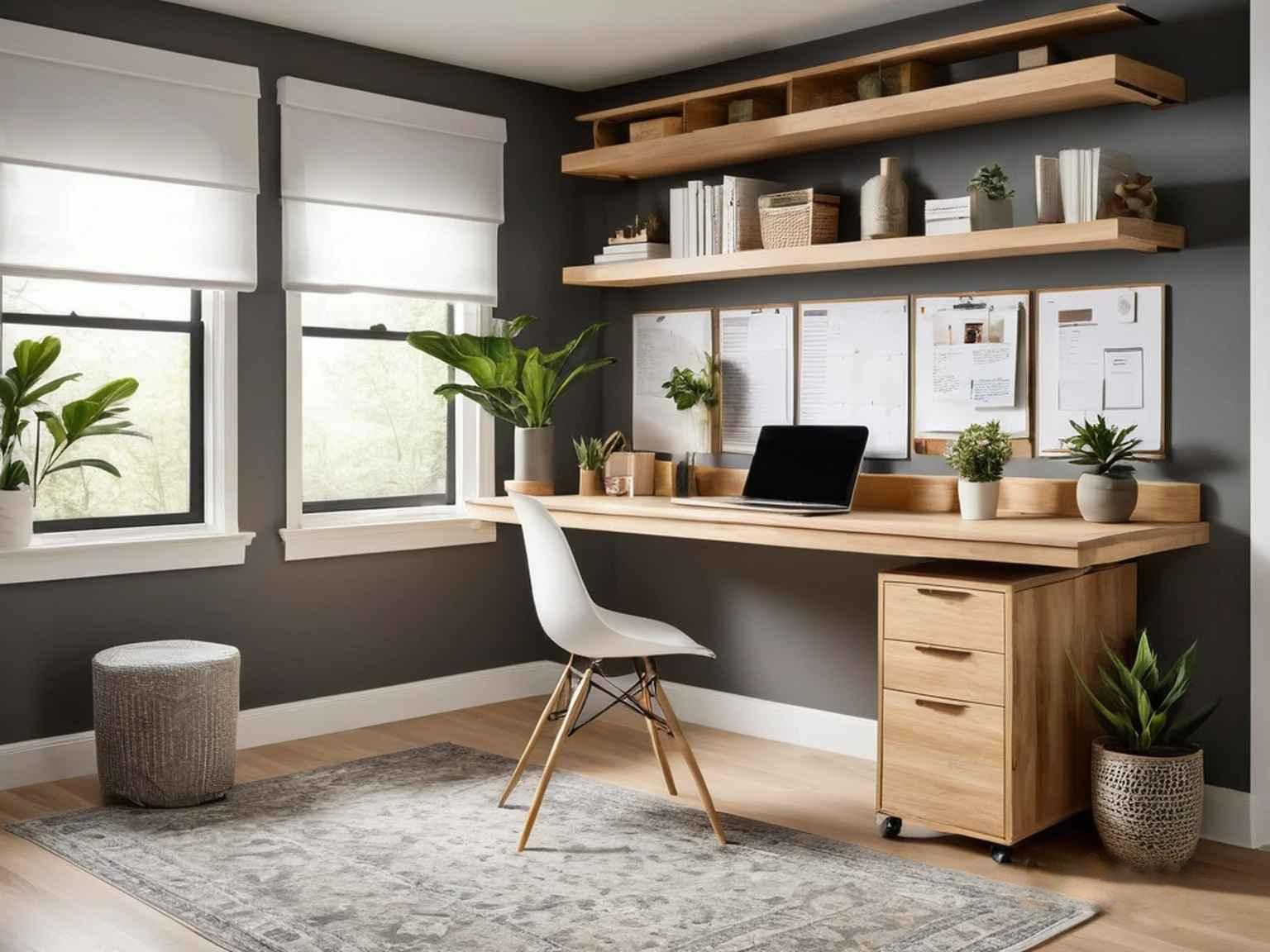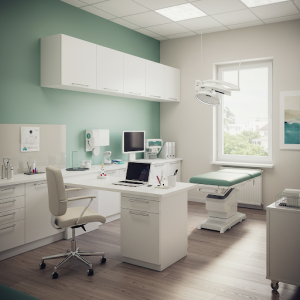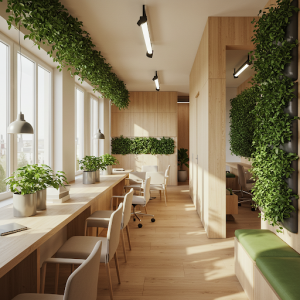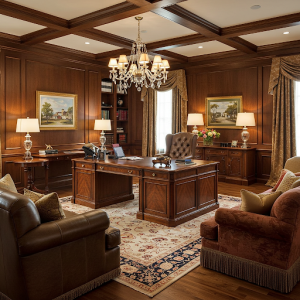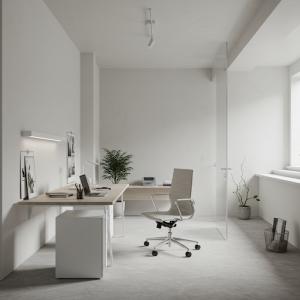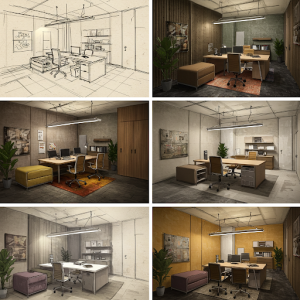Description
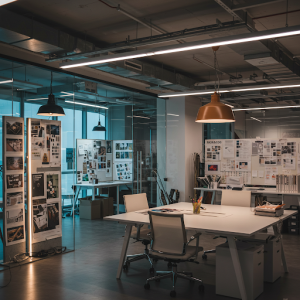
Our mission as Office Interior Designers is to create aesthetically pleasing, functional, and convenient workspace solutions. The interior designers embody the client’s ideas according to their requirements and preferences, and correspond to your budget. Our specialists are competent and attentive. Consider what our office interior designers do, how we work, and our duties, competencies, tasks, and functions.
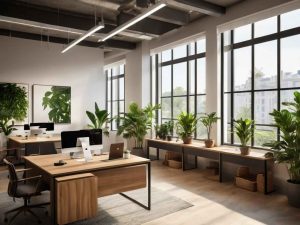
Here are the responsibilities of our office interior designers.
Development of interiors for offices, cafes, and restaurants
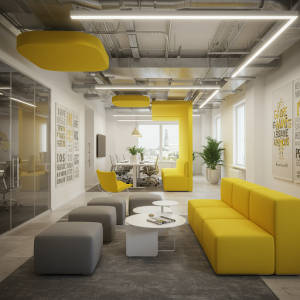
Our office interior designers create functional and aesthetically pleasing spaces for businesses like offices, cafes, and restaurants.
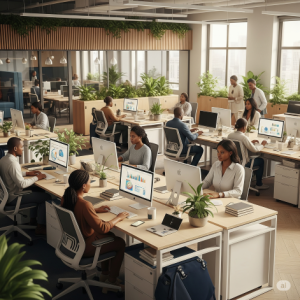
We consider factors such as branding, workflow, and customer experience. In offices, we focus on productivity and employee well-being. For cafes and restaurants, we create inviting atmospheres that align with the brand’s identity and encourage customers to stay and enjoy the space. Our expertise ensures that the design looks good, supports the business’s operational needs, and enhances the overall experience for employees and customers.
Professional communication with the client, suppliers, contractors, and builders
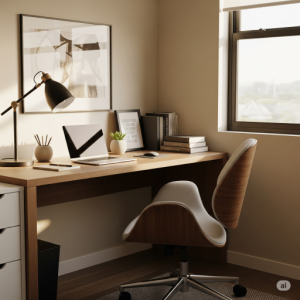
Effective communication is paramount for interior designers. With clients, designers must clearly understand needs, present ideas persuasively, and provide regular updates. Communication with suppliers involves precise specifications, timely ordering, and problem-solving. Contractors and builders require detailed instructions, coordinated schedules, and proactive communication to ensure project execution aligns with the design vision. With open, consistent, and professional communication with all parties, we minimize misunderstandings, delays, and costly mistakes. And this ultimately leads to successful project completion and client satisfaction.
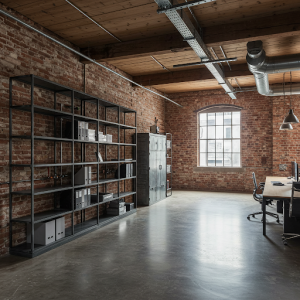 Office space measurements
Office space measurements
Accurate room measurements are crucial for functional and aesthetically pleasing office interior design.
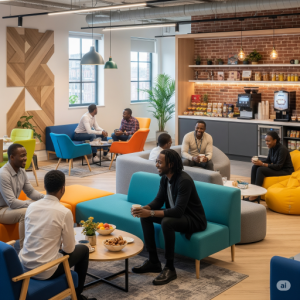
The measurements inform our space planning, furniture selection, and material calculations. Therefore, our designers rarely use measuring tapes, preferring laser measures for precision. Measurements are recorded on scaled floor plans, often digitally, including wall lengths, ceiling heights, window/door dimensions, and placement of existing fixtures. These plans serve as the primary communication tool with clients, contractors, and furniture suppliers. And ensures everyone is on the same page regarding the space’s dimensions and the design’s feasibility. Clear and accurate measurements prevent costly errors and rework.
Development of technical documentation
Office interior design technical documentation translates design concepts into actionable instructions for construction and installation. This includes detailed floor plans with dimensions, elevations, and sections; reflected ceiling plans showing lighting and mechanical layouts; furniture plans specifying placement and specifications; material schedules listing finishes and quantities; and construction details illustrating how elements are built and joined. These documents serve as the primary communication tool for contractors, subcontractors, and vendors, ensuring accurate execution of the design intent, minimizing errors, and facilitating smooth project management. Thorough technical documentation is essential for successful project completion.
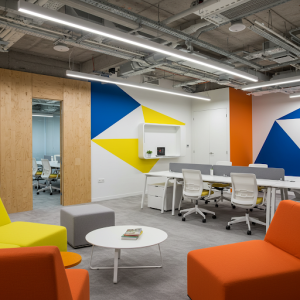 Planning stylish, ergonomic, and functional office interiors
Planning stylish, ergonomic, and functional office interiors
Stylish, ergonomic, and functional office interiors planning requires a holistic approach. Designers balance aesthetics with user needs, prioritizing employee well-being and productivity. Ergonomic considerations include adjustable furniture, proper lighting, and comfortable workspaces. Functionality is achieved through efficient space planning, optimized workflows, and integrated technology. Style is incorporated through color palettes, materials, and furniture choices that reflect the company’s brand and culture. The goal is to create a visually appealing, comfortable, and efficient environment that supports employee performance and enhances the workplace experience.
Drawing up an estimate
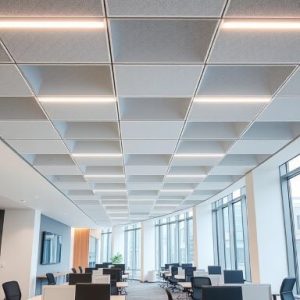
When implementing projects, interior designers and architects inevitably encounter estimates.
This document contains everything the customer will have to spend money on, from an outlet to a custom cabinet.
And the estimate helps the designer navigate the budget and the project as a whole. It indicates whether everything has been thought out and selected, and often contains information about the deadlines, purchase status, and supplier.
Selection and search for materials, furniture, plumbing equipment, decor, and textiles
The Selection of furniture and decor by a designer is a popular service because only a professional can create a stylish and harmonious interior mix, maintaining the stated concept down to the smallest detail. As a result, the furnishings will be ergonomic, functional, and beautiful, like a picture in a fashion magazine. And all this without going beyond the budget!
Interior furnishing and decoration can be a stand-alone service or part of a larger design project for an office or house. In either case, it encompasses searching for the optimal stylistic and coloristic solution; selecting finishing materials, furniture, furnishings, textiles, lamps, plumbing, accessories, and decor; and negotiating with manufacturers and suppliers. This includes visits to stores and showrooms, preparing a list of finishing materials, and ordering the necessary furnishings.
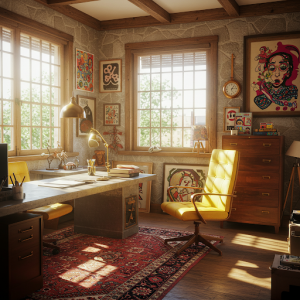 Author’s Supervision
Author’s Supervision
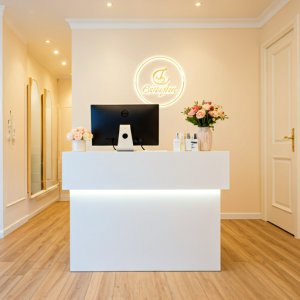
When ordering the design of an office, apartment, or house from a professional designer, you want to get an interior that matches the accepted interior design. However, the human factor in the person of the craftsmen, the impossibility of fully controlling each stage of the work in the process, and other factors can lead to the result being somewhat different from what was expected. The best solution in this case is author supervision.

First of all, it should be clarified that there are two possible options for providing this service. In one case, the designer ensures that the premises after the renovation look exactly as the design project suggests – that is, only the visual component, the correct choice of colors, textures, shapes, sizes, furniture items, and decorative elements. This is a classic version of the author’s supervision.
Visualization – sketches on paper, development of collages in Photoshop
Office interior design visualization helps clients understand the design concept before implementation. Initial sketches on paper explore spatial relationships and layout options, capturing the office interior designers’ initial ideas. These are refined using digital tools like Photoshop to create mood boards and collages.
Photoshop allows designers to combine images of furniture, materials, and finishes, creating a realistic representation of the proposed office space. This visual communication helps clients visualize the final product, provide feedback, and make informed decisions about the design, ensuring the result aligns with their vision and needs.
Creative competencies
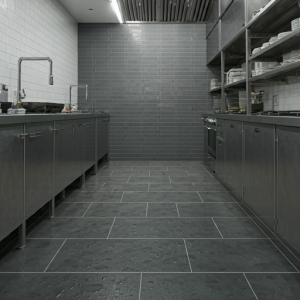
To cope with the listed duties, a specialist must have professional competencies. A designer is a creative person who understands painting, sculpture, and architecture, follows fashion trends in interior design, and knows how to work with such programs as Photoshop, AutoCAD, 3D Studio Max, ArchiCAD, and Autodesk VIZ. A specialist must make a project within the framework of the Republic of Kenya legislation, so they study building codes and monitor changes in laws.
Tasks of office interior designers
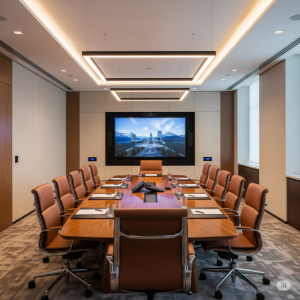
The main goal of the specialists is to create a stylish, functional, and cozy interior. This process consists of several tasks. Let’s take a closer look at what the designers need to do.
Office interior designers meeting with the customer
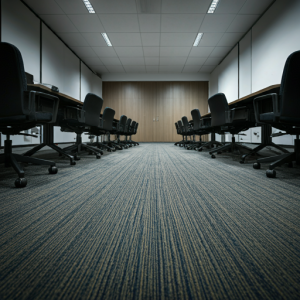
It can be held in person or online. The designer meets the client and tries to collect as much information as possible to help him create an interior per the wishes of the office owner. He takes measurements of the office space himself or consults the customer. Calculates the approximate volume of work, cost, and time frame for the project. If the offer suits both parties, a contract is signed.
Office interior designers planning
![]()
Office interior design planning is a multi-faceted process. Designers determine the necessary number and size of rooms, considering factors like employee count and departmental needs. Next, they analyze traffic flow, optimizing movement between spaces and strategically positioning partitions, doors, and furniture to enhance efficiency. Defining functional zones, such as reception, work areas, and meeting rooms, is crucial. Zoning methods, like open-plan or enclosed offices, are selected to support workflow and collaboration. Finally, furniture and decor are chosen and arranged to create a cohesive, functional, and aesthetically pleasing environment that aligns with the company’s culture and brand.
Development of technical documentation
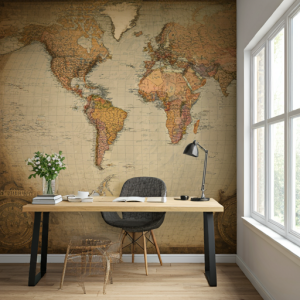
Drawing up plans, drawings, and visualizations takes from several weeks to months. Designers develop working documentation that will be used by repairmen. Each stage is discussed with the client. If necessary, the customer makes comments, after which adjustments are made. A set of technical documentation is prepared, including an estimate, lists of building materials, furniture, plumbing equipment, and decor.
Office interior designers’ visualization
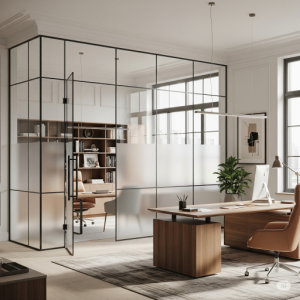
The designer makes sketches and collages to determine the appearance of the future interior. He selects the style, color scheme, materials, textiles, and decor and creates an aesthetically pleasing functional space.
Presentation
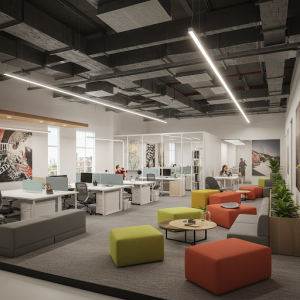
Once the design process culminates in finalized drawings, plans, and sketches, these deliverables are presented to the client for thorough review and approval. This stage ensures the design aligns perfectly with the client’s vision and needs. To enhance understanding and facilitate decision-making, especially if the project scope includes 3D visualization, the designer creates a photorealistic model of the proposed office design.
This model goes beyond flat drawings, offering a dynamic and immersive experience. It allows both employers and employees to visualize the future space from various perspectives, exploring its layout, features, and overall aesthetic. This detailed 3D representation helps bridge the gap between abstract plans and tangible reality, enabling clients to provide informed feedback and confidently approve the final design before implementation.
Author’s supervision

When ordering the design of an office, apartment, or office from a professional designer, you want to get an interior that matches the accepted interior design. However, the human factor in the person of the craftsmen, the impossibility of fully controlling each stage of the work in the process, and other factors can lead to the result being somewhat different from what was expected. The best solution in this case is author supervision.
First of all, it should be clarified that there are two possible options for providing this service. In one case, the designer ensures that the premises after the renovation look exactly as the design project suggests. That is the visual component, the correct choice of colors, textures, shapes, sizes, furniture items, and decorative elements. This is a classic version of the author’s supervision.
The second option is more correctly called “turnkey repair support“, when all stages of repair and construction work are controlled they fully comply with the developed drawings, the materials specified in the project are used, etc. Accordingly, in these cases, the designer is more involved in the process of repair, finishing, furniture arrangement, etc.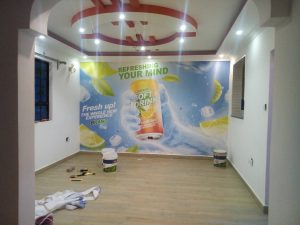
Functions of Office Interior Designers
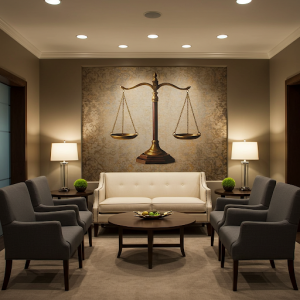
In addition to job responsibilities, office interior designers perform the following functions:
Development of a unique aesthetic interior
Of course, designing office spaces has its specific features. The corporate style of the company can be incorporated into the office design. It is influenced by the scope and specifics of the organization’s activities.
A competent designer, when developing an office interior, will also take into account the latest research on ways to improve productivity and will take care of the ergonomics of the premises.
The office design style is determined by the specifics of the company’s activities and directly depends on the budget allocated for renovation. If the organization is limited in funds, the designer may choose minimalism or a modern style.
Ensuring functionality
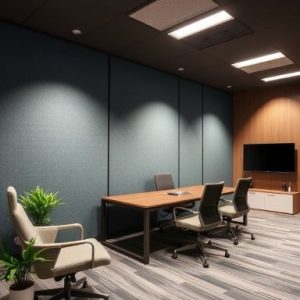
Office interior design is an important task for any company, especially when planning the design of a new space. How do you fit it into a minimal budget and meet deadlines without interrupting work? And do you get a result, photos of which will be nice to publish on the corporate website – to the delight of employees and the envy of competitors?
Choose the services of a designer. Accordingly, negotiations are held with him, and the specialist designs and carries out the author’s supervision of the office renovation. This scenario may seem more expensive and time-consuming, but the project will be completed at a higher level.
Saving money and time
 Many people associate office renovation with large material costs, constant dirt, delays in deadlines, and endlessly increasing estimates. In most cases, the reason is that work begins without a project. Only a clear plan and a calculated estimate will help save money and complete the renovation exactly on time. The services of a designer completely solve this problem.
Many people associate office renovation with large material costs, constant dirt, delays in deadlines, and endlessly increasing estimates. In most cases, the reason is that work begins without a project. Only a clear plan and a calculated estimate will help save money and complete the renovation exactly on time. The services of a designer completely solve this problem.
Calculation of technical details
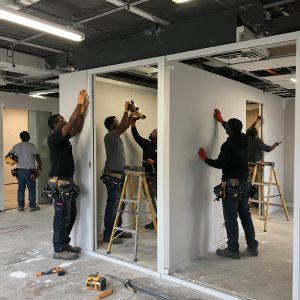
The designer will think through important details that an inexperienced person might miss. For example, calculate how many lamps, sockets, and switches are needed, where it is best to place them, etc.
Now you know what an office interior designer does and how we work. If you are looking for a good specialist, use the services of Wallpaper Kenya. We employ experienced professionals who do an excellent job of their duties, tasks, and functions. And we will create the perfect interior that will match your mood and work style.
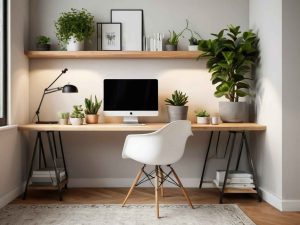
Personal qualities of an interior designer: Who is the profession suitable for?
To thrive as a commercial interior designer, a blend of inherent qualities and developed skills is essential. The profession suits individuals with a keen sense of taste and observation, allowing them to envision aesthetically pleasing and functional spaces. Attention to detail is crucial for perfecting designs, while strong communication skills and empathy enable understanding of client needs. Patience and perseverance are vital for navigating complex projects and revisions. Designers must demonstrate responsibility and ability to meet deadlines, showcasing their reliability. Management skills are necessary for coordinating projects, and flexibility of thinking allows for creative problem-solving. This demanding yet rewarding career is ideal for those who are artistic, meticulous, and client-focused.
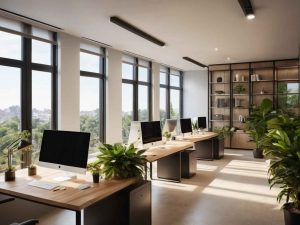
Now it’s time for design. Its stages: concept – project – layout, or visualization:
The “Concept” stage is a certain emotion, implying the relationship between the designer and the customer. The contract must specify the variants of solutions. Then planning decisions are made and references (auxiliary images) are selected to approve the interior style. As soon as the concept is approved, the next stage begins – that is the”Project”.
The “Project” stage is a detailed development of the entire project. And the result is specifications and lists of finishing works, which can be given to builders to determine the construction estimate or to make a tender.
Further, the designer is obliged to carry out builders’ supervision, which is specified in a separate agreement.
The profession of an office interior designer requires stress resistance. Because the work involves a long, energy-intensive process, a project and construction can last from a few months to five years if the designer loves their job and is aware of the responsibility for what they will receive in the end.

Wallpaper Kenya interior designers work not for the sake of a project, but for the sake of a result. Only the designer who combines love for humanity energy, and counts on the result, will always be with Wallpaper Kenya.

